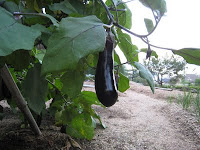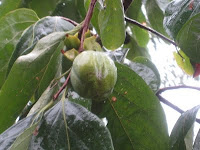 I read Yoriko Kobayashi 'Vermeer' (kadokawashoten.)
I read Yoriko Kobayashi 'Vermeer' (kadokawashoten.)I read repeatedly the comments of 'Woman reading a letter', 'A lady writing a letter' and 'Lady Writing a Letter with Her Maid.' They are now exhibited at Kyoto City Museum where I am going to see.
Chisa is planted.




























